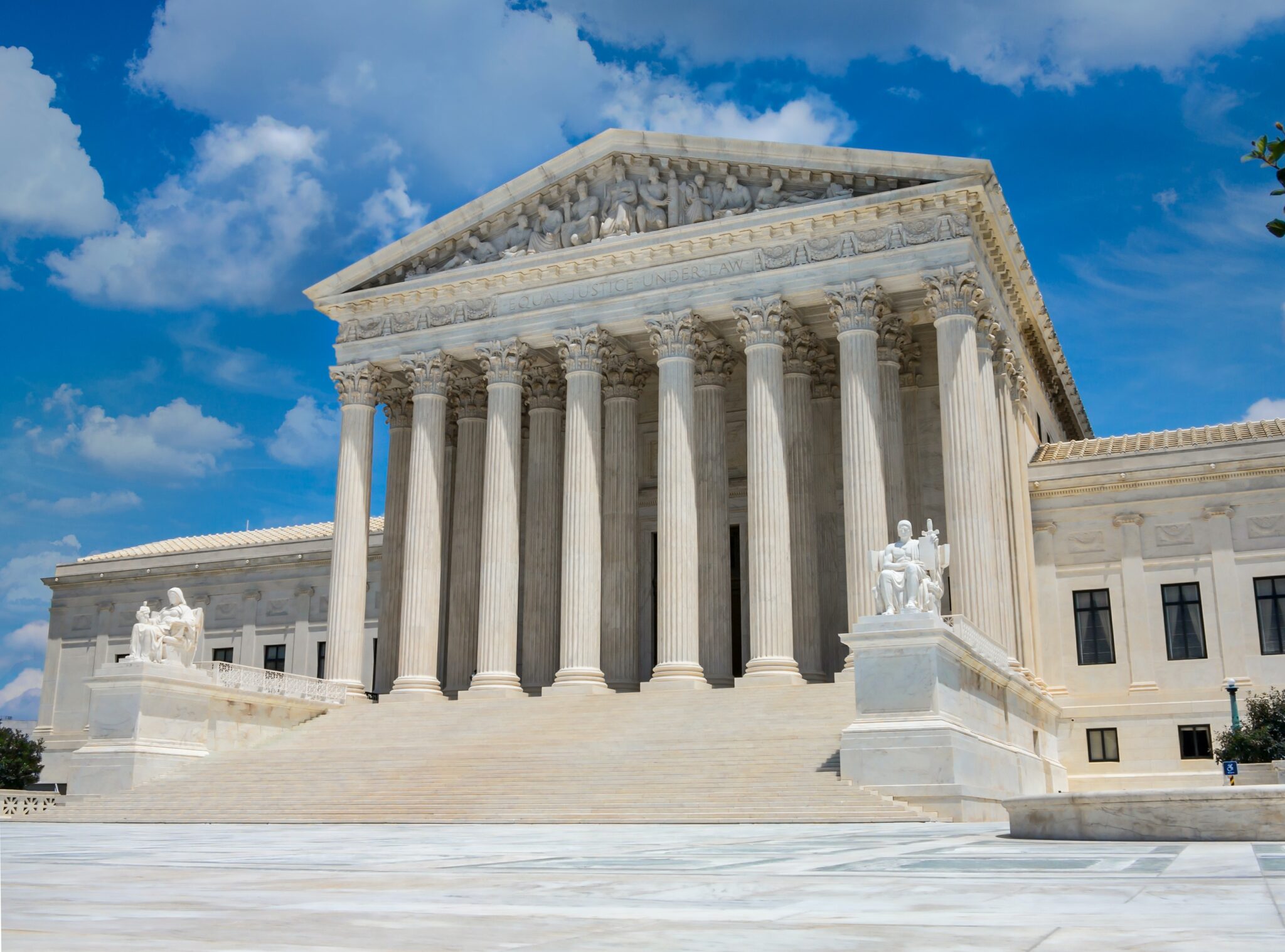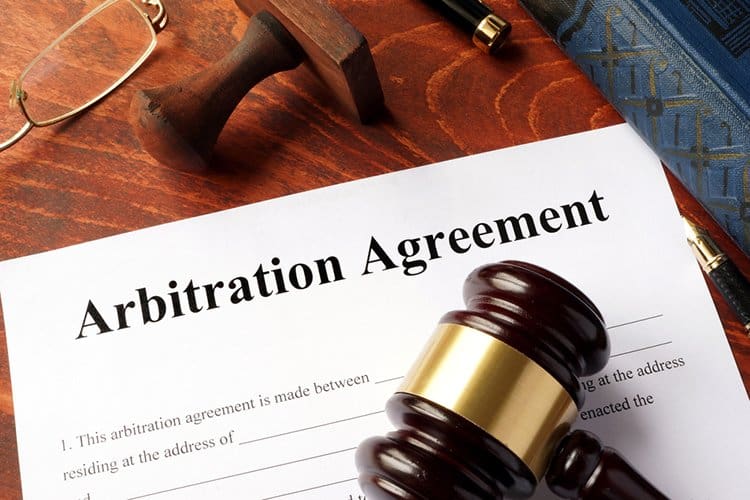
Darin M. Dalmat is a Senior Partner at Barnard, Iglitzin, & Lavitt LLP—a law firm in Seattle, Washington, that represents unions.
With the support of my firm and the Stanford Supreme Court Litigation Clinic, I argued Glacier Northwest v. Int’l Bhd. of Teamsters Local Union No. 174 on behalf of the union, which my firm continues to represent. In this three-part series, I share my perspective on Glacier: the Court’s holding, lessons on litigating Garmon defenses, and reflections on Garmon’s past and possible future.
The press has widely reported Glacier as a blow to labor. While the decision falls far short of labor’s aspirations, it is also far from the disaster some portray. To understand it, let’s begin with paths not taken.
Path 1
The case arose from a unanimous affirmance of a dismissal on the pleadings, under San Diego Bldg. Trades Council v. Garmon, 359 U.S. 236, 246 (1959), of an employer’s tort claims. Justices Thomas and Gorsuch voted to reverse that dismissal. Glacier Nw., Inc. v. Int’l Bhd. of Teamsters Loc. Union No. 174, 598 U.S. 771, 785 (2023) (Thomas, J., concurring). They would have tossed Garmon as an “oddity” that departs from normal preemption rules requiring state law to yield only when it logically contradicts federal law by making it impossible to comply with both. Id. at 788. This approach would have scuttled Garmon and eliminated labor’s ability to avoid coffer-draining state-court litigation.
And it would have done so even though Garmon does not fully extinguish claims but only stays them until the Board definitively resolves the status under the Act of the challenged conduct. See, e.g., Garmon, 359 U.S. at 246; Sears, Roebuck & Co. v. San Diego Cnty. Dist. Council of Carpenters, 436 U.S. 180, 203 (1978) (Garmon creates only a “jurisdictional hiatus”).
Path 2
Justice Alito, joined by Thomas and Gorsuch, would have taken a more pernicious approach. They would have left Garmon intact while substantially diluting workers’ Section 7 protections. Glacier, 498 U.S. at 788–89 (Alito, J., concurring).
Under longstanding Board law, Section 7 protects workers’ unannounced work stoppages, subject to a narrow, objective exception. See id. at 782–83 (majority opinion). Under that test, workers lose Section 7 protections if they walk off the job without taking “reasonable precautions” to protect against “foreseeable, aggravated, and imminent danger due to the sudden cessation of work.” Id. at 780.
Each word of that test carries weight. Strikers need take only “reasonable” precautions against the regulated harms; they are not obligated to “insure[]” against all conceivable risks. Reynolds & Manley Lumber Co., 104 NLRB 827, 829 (1953). Only “foreseeable” harms, not unexpected ones, must be avoided. And only “aggravated” harms—harms to life or threats of “considerable damage” to an employer’s physical plant or equipment to a degree that would result in a “shutdown for consequent repairs”—matter. Fishman & Sons, Inc., 122 NLRB 1436, 1447 (1959). Spoiling perishables have never satisfied the exception. Cf., Lumbee Farms Coop., 285 NLRB 497 (1987); Central Oklahoma Milk Producers Assoc., 125 NLRB 419 (1959); Leprino Cheese Co., 170 NLRB 601 (1968). Because employers can avoid non-imminent harm through self-help, only imminent risks forfeit protections. See Duluth Bottling Ass’n, 48 NLRB 1335, 1336 (1943) (authorizing defensive lock-outs to avoid anticipated product spoilage from strike). Finally, all these harms must flow from the sudden cessation of work. Harms from work stoppages themselves are normal incidents of strikes that do not forfeit protections.
Applying that test, the Board has found walk-offs sufficiently reckless to forfeit statutory protections less than a dozen times in the 70 years since Marshall Car Wheel & Foundry Co., 107 NLRB 314 (1953), announced the test.
Justice Alito would nonetheless have scrapped this precedent in favor of a subjective exception that turned on whether employees stopped work with an “improper purpose” to harm employer property. Id. at 789 (Alito, J., concurring). Given the sweeping nature of property claims, this malleable test would have embraced nearly all strike activity and been disastrous.
Path 3
In a lone dissent, Justice Jackson would have vacated and remanded with instructions to stay pending resolution of the Board proceedings initiated by the unfair-labor-practice complaint. Id. at 800 (Jackson, J., dissenting). Alternatively, she would have given the Board the first shot at determining how the reasonable-precautions exception applies to the particular facts of the case. Id. at 805–14. Unfortunately, she stood alone.
Path 4
With these alternatives in mind, let’s examine the majority opinion.
Justice Barrett, writing for five Justices, reaffirmed Garmon, under which the NLRA preempts state law “even when the two only arguably conflict.” Glacier, 598 U.S. at 776. With Justice’s Jackson additional vote, this proposition enjoys support from six Justices. Id. at 791–95 (Jackson, J., dissenting). A super-majority also reaffirmed Longshoremen v. Davis, 476 U.S. 380, 394 (1986), which requires the party asserting Garmon preemption to (1) “advance an interpretation of the NLRA that is not plainly contrary to its language and that has not been authoritatively rejected by the courts or the Board” and (2) “put forth enough evidence to enable the court to find that the Board reasonably could uphold a claim based on such an interpretation.” Glacier, 598 U.S. at 776 (majority opinion); id. at 794–95 (Jackson, J., dissenting).
A super-majority also reiterated that the NLRA gives workers the right to “strike during the workday” and does not require unions, outside healthcare, to “give [employers] specific notice” of the commencement of the strike. Id. at 783; id. at 809 (Jackson, J., dissenting).
The majority and dissent also both embrace the reasonable-precautions test. Id. at 780; id. at 807–14 (Jackson, J., dissenting).
Jackson and the majority agree on much and disagree only on whether and how a court should apply the reasonable-precautions exception to allegations at the pleadings stage.
Glacier itself came up from a Washington-court 12(b)(6) motion. Under Washington law, that procedural posture required the Court to accept as true not only all pleaded allegations but also all factual representations made in briefs or at argument that could even hypothetically support the employer’s claims. Glacier, 598 U.S. at 780 n.2. Glacier’s allegations commanded incredible deference.
Even so, Glacier survived a Garmon dismissal only because it alleged the confluence of two highly unusual facts: (1) the drivers “prompted the creation of the perishable product” by reporting to duty, pretending to deliver the concrete, and then walking off once the concrete was mixed and loaded; and (2) doing so risked harm to the trucks—i.e., aggravated harm. Id. at 783 (emphasis added).
All nine justices agreed the alleged risk of imminent harm to Glacier’s trucks was necessary to the majority opinion. See id. at 780–81, 783, 785 (repeatedly emphasizing risk to trucks); id. at 810 (Jackson, J., dissenting) (similar). Compare id. at 788–89 (Alito, J., concurring) (disagreeing with the majority because, in their view, risk to concrete sufficed to forfeit protections).
Glacier thus holds only that when a court analyzes a motion to dismiss, an employer can survive a pleadings challenge by alleging the workers prompted the creation of a perishable product and doing so created an aggravated, imminent risk to expensive employer equipment because, for example, the “created” perishable product would spoil in a manner that would ruin the equipment (not just require its cleaning). This is a narrow rule indeed.









Daily News & Commentary
Start your day with our roundup of the latest labor developments. See all
June 30
Antidiscrimination scholars question McDonnell Douglas, George Washington University Hospital bargained in bad faith, and NY regulators defend LPA dispensary law.
June 29
In today’s news and commentary, Trump v. CASA restricts nationwide injunctions, a preliminary injunction continues to stop DOL from shutting down Job Corps, and the minimum wage is set to rise in multiple cities and states. On Friday, the Supreme Court held in Trump v. CASA that universal injunctions “likely exceed the equitable authority that […]
June 27
Labor's role in Zohran Mamdani's victory; DHS funding amendment aims to expand guest worker programs; COSELL submission deadline rapidly approaching
June 26
A district judge issues a preliminary injunction blocking agencies from implementing Trump’s executive order eliminating collective bargaining for federal workers; workers organize for the reinstatement of two doctors who were put on administrative leave after union activity; and Lamont vetoes unemployment benefits for striking workers.
June 25
Some circuits show less deference to NLRB; 3d Cir. affirms return to broader concerted activity definition; changes to federal workforce excluded from One Big Beautiful Bill.
June 24
In today’s news and commentary, the DOL proposes new wage and hour rules, Ford warns of EV battery manufacturing trouble, and California reaches an agreement to delay an in-person work mandate for state employees. The Trump Administration’s Department of Labor has advanced a series of proposals to update federal wage and hour rules. First, the […]